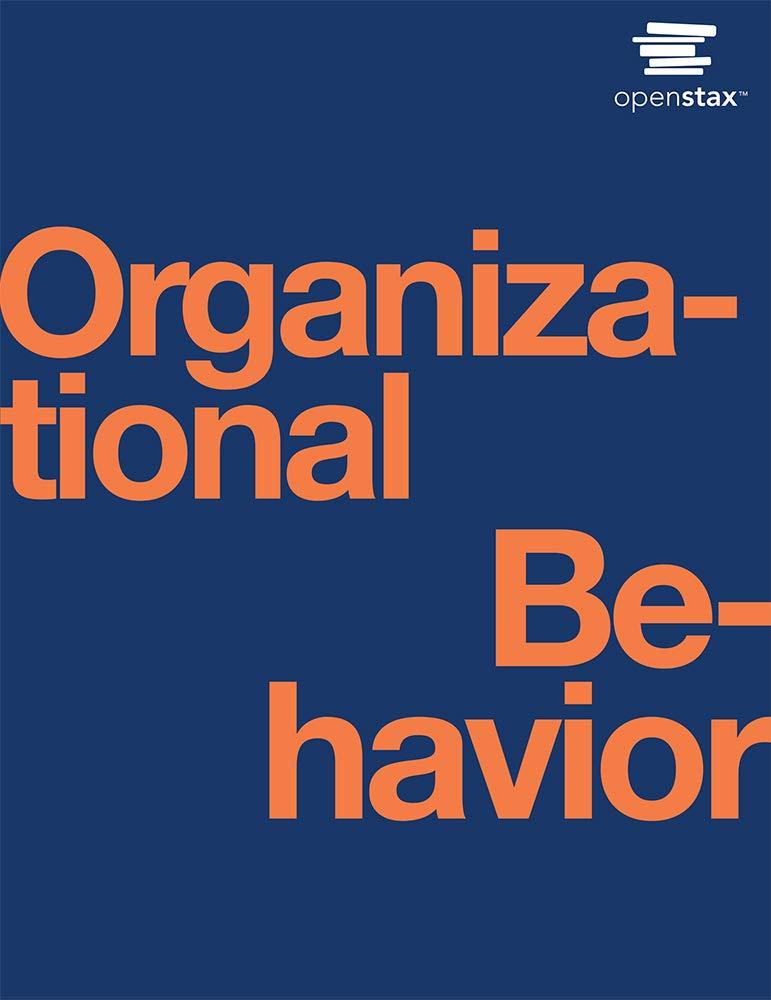Dealing with conflict lies at the heart of managing any business. Confrontationfacing issues about which there is
Question:
Dealing with conflict lies at the heart of managing any business. Confrontation—facing issues about which there is disagreement—is avoided only at a manager’s peril. Many issues can be postponed, allowed to fester, or smoothed over; eventually, they must be solved. They are not going to disappear. This philosophy not only applies to business but to sports dynamics as well. Take two NBA all-stars, Kobe Bryant and Shaquille O’Neal. Although they are world-renowned athletes now, when they first started in the NBA, there was plenty of conflict that could have caused their careers to take a much different path.
In 1992, O’Neal was the first play taken in by the NBA draft, he dominated the court with his size and leadership from day one. Four years later, Kobe Bryant, the youngest player to start in the NBA was brought onto the same team: the Los Angeles Lakers. The two were not fast friends, and the trash talk started as Bryant publicly criticized his teammate—and continued for years.
Ultimately in 1999, Phil Jackson was brought in to coach the LA Lakers, and his creative approach to their conflict changed everything. Instead of seeing this tension and ignoring it, or chastising the players for their feud, he used their skills to develop a new way of playing the game. O’Neal brought power and strength to the court, while Bryant was fast and a great shooter. Jackson developed a way of playing that highlighted both of these talents, and he built a supporting cast around them that brought out the best in everyone. The outcome: three NBA championships in a row.
While many may have just ignored or tried to separate the two superstars, Jackson was innovative in his approach, saw the opportunity in using the conflict to create a new energy, and was able to build a very successful program.
Questions:
1. What was the key to the success for Phil Jackson and his team?
2. How would you have approached the two players (or employees) that were in conflict and causing tension on your team?
3. What strategies would have been important to employ with these two individuals to resolve the conflict?
Step by Step Answer:






